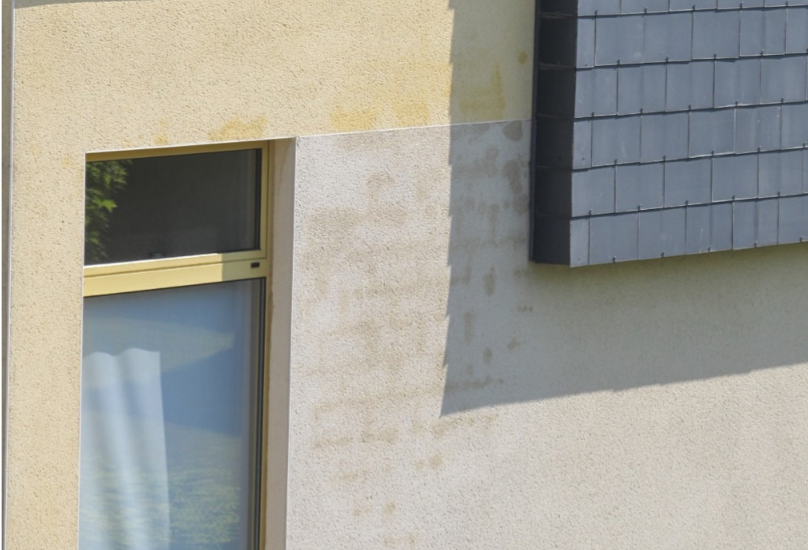Constructing vapour open or tight?
Constructing vapour open or tight?

Old buildings used to be vapour open. With hearth fire your belly was warm and your back was frozen in winter. This hearth needed a lot of air to guide the smoke into the chimney. Candles bent because of this draught.
The living comfort was also totally different from today. In the past a comfortable temperature inside was +18°C in winter. Today that’s +22,6°C.
Later on stoves were placed to replace hearths. However, these produced a lot of kilowatt hour of energy and also needed a lot of air supply. Today the candles are straight and the heat production of a gas fireplace or floor heating is only a fraction of what it used to be. It’s only logic that the moisture absorption and discharge isn’t the same anymore.
Heated air of +22,6°C will absorb a whopping 32,8% more moisture than air of +18°C, even if the relative humidity is still 50%. By absorbing more moisture the limit is easily exceeded with internal condensation in the wall width as a result.
When moisture condensates in the wall, the wall and the insulation will get soaking wet. Possibly the construction materials are resistant, but absorbing and discharging moisture takes a lot of energy. If people want to build energy neutral or passive this will have to be taken into account. Also they can impossibly meet the current energy performance regulations when moisture condensates into the wall width.
Note: vapour tight is not the same as air tight. A blowerdoortest proves that the used plaster is air tight, but moisture can still penetrate. So the plaster is vapour open. With a µd of 0,2 only 0,2% moisture can be stopped.
In short, by constructing vapour open the condensation of the present moisture in the wall width cannot be prevented. The dew point is always in the last 2 cm of the outer insulation layer. If the wall width on the warm side is make vapour tight (µd > 100), there’s no vapour transport and therefore no moisture to condensate.
You can easily save 20 – 30% on the energy costs by not letting moisture be absorbed or discharged. Certainly worth thinking about, even if there’s no visible damage.


